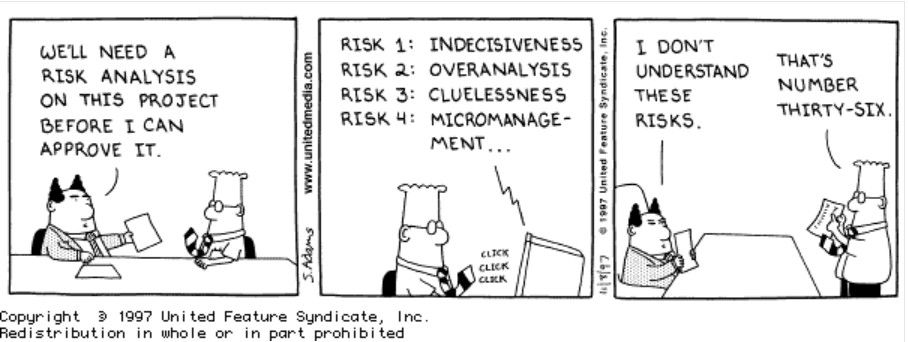When New Governance Collides with Established Frameworks: How to Spot and Solve Structural Risks.
- Sarah Verity
- Jul 23
- 4 min read
Updated: Sep 8

Introducing a new governance structure and delivery framework can energise a program—but in an organisation already juggling multiple methodologies, it can also sow confusion and derail delivery.
I experienced this firsthand when I was engaged to lead a greenfield compliance project. The sponsor, convinced of the project’s uniqueness, set out to (re)design bespoke governance from scratch—unaware , or perhaps unaware as to how to apply the existing model, that the organisation already had a mature, audit-ready framework designed specifically for these kinds of initiatives.
Instead of leveraging the proven model, initiation time was spent creating a parallel structure: renamed panels, newly branded committees, and redrafted interlock forums—all well-intentioned, but poorly aligned.
The result? Confusion across stakeholder groups, misdirected effort among delivery leaders, and an unfortunate omission of a critical governance mechanism—the steering committee. That early misstep delayed key decisions, weakened escalation channels, and underscored a vital lesson: structure should serve clarity, not reinvent it. As delivery leaders, where possible, our role is to help sponsors channel their enthusiasm into governance that already works, and ensure every framework—new or existing—supports execution, not distracts from it.
Per the title of this article - 'When New Governance Collides with Established Frameworks: How to Spot and Solve Structural Risks'- it can be just like a car collision at a busy intersection where the traffic lights suddenly change without warning.
Imagine a well-established intersection where traffic flows smoothly because everyone knows the rules—green means go, red means stop, and everyone trusts the system. Now, picture a new vehicle entering the scene with its own set of rules—maybe it doesn’t recognise red lights or interprets stop signs differently. The moment it enters the intersection, confusion erupts. Drivers hesitate, some accelerate, others brake suddenly. The result? A collision—not necessarily of metal, but of expectations, systems, and trust.
Just like in a car crash, the damage isn’t always visible at first. There might be hidden structural issues—cracks in the governance model, misaligned responsibilities, or blind spots in accountability. Spotting these risks early is like having a dashboard warning system: it helps prevent deeper systemic failures and ensures smoother integration of the new with the old.
Recognising Structural Red Flags
A project’s foundation cracks when governance and ownership overlap or conflict.
Watch for:
Proliferating Frameworks Multiple, inconsistent delivery methodologies coexist without clear rationalisation.
Unclear Decision Rights: Teams are unsure which forum to use for approvals—steering committee A, program board B, or a function-specific council.
Pretend Steering Committee Monthly “executive owner” meetings that serve only as checkpoints without a quorum or empowered decision makers, masquerading as a steering committee.
Duplicated Roles Project managers, PMOs, and business-unit leads all perform similar oversight tasks.
Slow or Contradictory Decisions One governance body greenlights work that another body later halts or reassigns.
Telltale Signs of a Governance Mismatch
Stakeholder Frustration Complaints about “too many cooks” and unclear owners of key decisions.
Process Paralysis Teams default to email chains or informal channels because official routes are too cumbersome.
Scope Creep and Rework Divergent frameworks lead to shifting requirements and repeated refinements.
Inefficient Reporting Teams produce multiple status reports tailored to each governance body instead of focusing on delivery.
Raising the Issue Constructively
Map the Governance Landscape. Create a visual inventory of existing frameworks, decision forums, and ownership models.
Quantify the Impact. Use concrete metrics—cycle time increases, duplicated deliverables, missed approvals—to illustrate risk.
Facilitate a Governance Review Workshop. Invite all framework owners and the program sponsor to align on a single accountability model.
Define a Proper Steering Committee. Clarify membership, decision rights, and quorum requirements so that “executive owner” checkpoints become genuine forums for strategic decisions.
Frame It as an Opportunity Position harmonisation as a way to reduce overhead, accelerate decisions, and improve transparency.
Making It Work: Harmonisation Strategies
Establish a Single Source of Truth. Agree on one delivery framework as the program’s primary reference, with clear exceptions for business functions. Avoid duplication and any maunal reporting to reduce human error and regret effort.
Layer Governance Tiers Define a high‐level program board for strategic decisions and delegate day‐to‐day approvals to a streamlined PMO.
Clarify Steering Committee Protocols, Including Document membership rosters, quorum rules, and charters, so that monthly executive checkpoints evolve into empowered decision-making forums.
Align Roles Using RACI Clarify who’s Responsible, Accountable, Consulted, and Informed across the merged framework.
Pilot and Iterate Test the harmonised approach on an early workstream, collect feedback, and refine before full rollout.
Your Options for Structural Rescue
Option | Description | Trade-offs |
Adopt the New Framework Exclusively | Retire existing methodologies; standardise on the sponsor’s model. | Pros: Single source Cons: Resistance from functions |
Hybrid Governance | Merge key principles from both new and existing frameworks. | Pros: Familiarity retained Cons: Complexity lingers |
Function-Specific Exemptions | Apply the new framework broadly but allow defined deviations per function. | Pros: Flexibility Cons: Risk of fragmentation |
Phased Transition | Roll out the new framework in stages, decommission old ones incrementally. | Pros: Manageable change Cons: Longer transition |
So What Now?
When a new governance structure collides with established delivery frameworks, the risk to your program can be as severe as any technical challenge.
By identifying the early signs of misalignment, raising the issue through data and dialogue, and crafting a harmonised path forward—including defining a true steering committee with quorum and decision-making rights—you transform structural chaos into a streamlined, decision-driven engine.
Teams will gain clarity, sponsors will regain confidence, and real value will flow from strategic alignment.
If you’re navigating complex delivery, compliance or governance challenges and need a certified consulting resource who brings leadership, integrity, clarity, capability, and calm—I'm here to help. I partner with organisations to establish fit-for-purpose frameworks, drive transformation, and embed business-led, tech-enabled delivery that sticks.
Say Hello! at sarah@sarahverity.me or visit greisengroup.com to contact me and learn more.




Comments